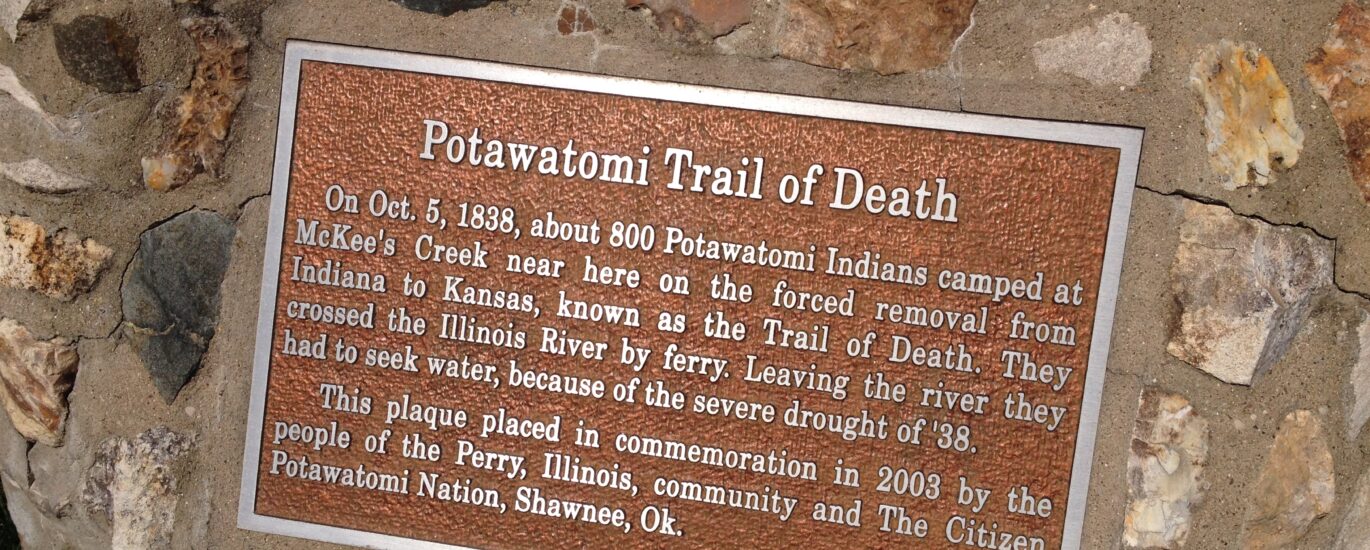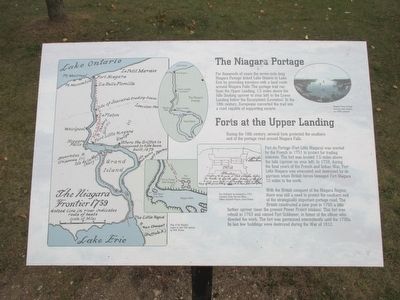As you approach the Historical Marker: Potawatomi Trail of Death, imagine a time back in 1838 when this land was witness to a sorrowful journey of the Potawatomi people. The Trail of Death, as it is solemnly known, marks the forced removal of about 859 Potawatomi from their ancestral lands in Indiana to reservation lands in Kansas. This arduous journey covered approximately 660 miles and took 61 days, with at least 40 lives lost along the way, mostly children.
The Potawatomi were one of the many Native American tribes who faced displacement due to U.S. expansion policies. Chief Menominee and his Yellow River band held their ground at Twin Lakes, Indiana, refusing to leave despite a treaty deadline. Their resistance led Indiana’s governor, David Wallace, to authorize General John Tipton to mobilize a militia to forcibly remove the Potawatomi people.
The story of the Trail of Death is not just about the loss and hardship but also about the resilience and spirit of the Potawatomi people. Among those who joined the march was Father Benjamin Marie Petit, a Catholic missionary who accompanied the Potawatomi on their journey, providing spiritual support.
Today, the Potawatomi Trail of Death is marked by numerous historical markers, each telling a part of this poignant story. These markers, placed every 15 to 20 miles along the route, remind us of the hardships endured and the cultural impact of such removals. The trail is recognized as a Regional Historic Trail by several states, preserving this vital piece of history.
Take a moment to reflect on the broader context of this event. The Trail of Death is part of the larger narrative of Indian removals in the United States during the 19th century, driven by policies such as the Indian Removal Act of 1830. It is a sobering reminder of the past, encouraging us to acknowledge and learn from history.



